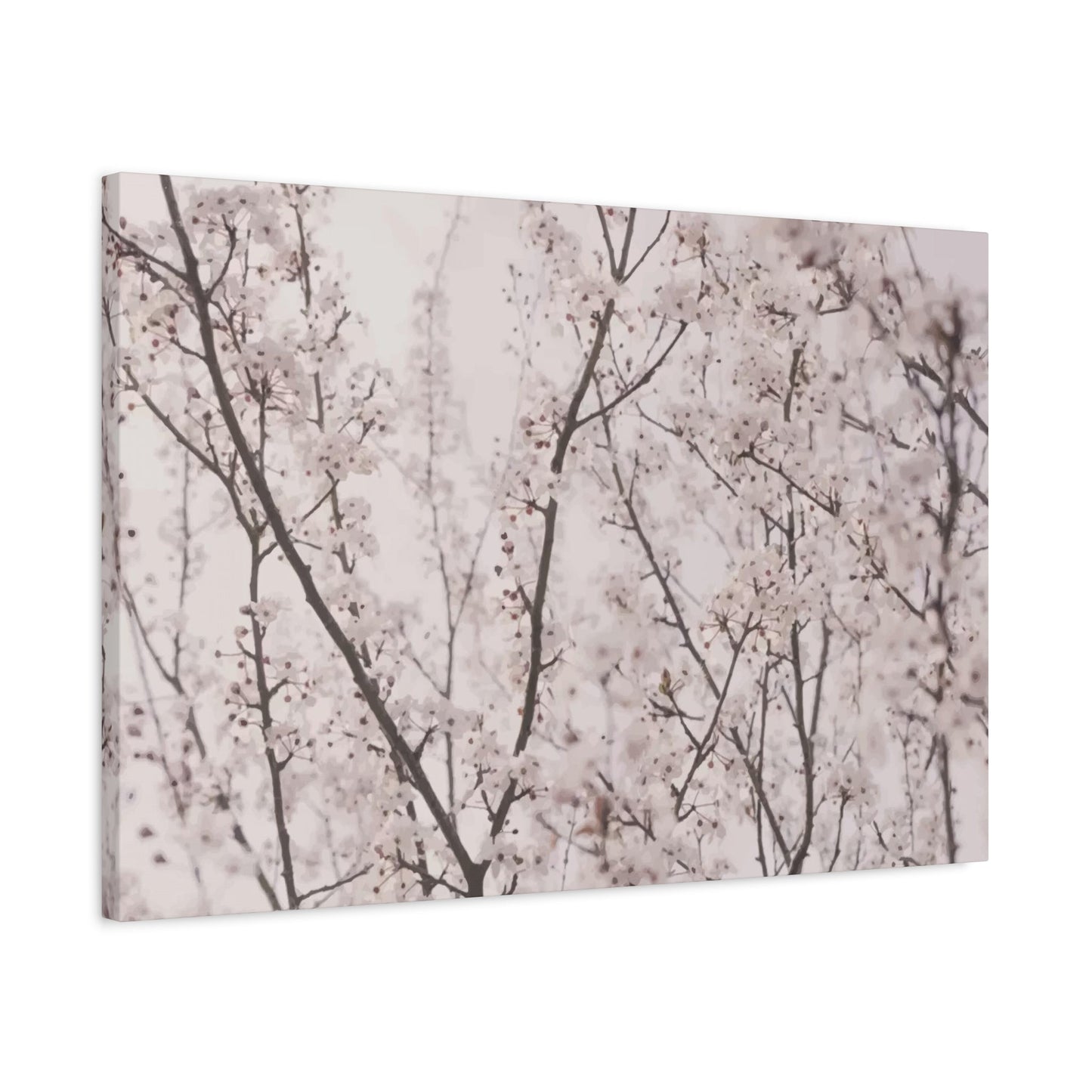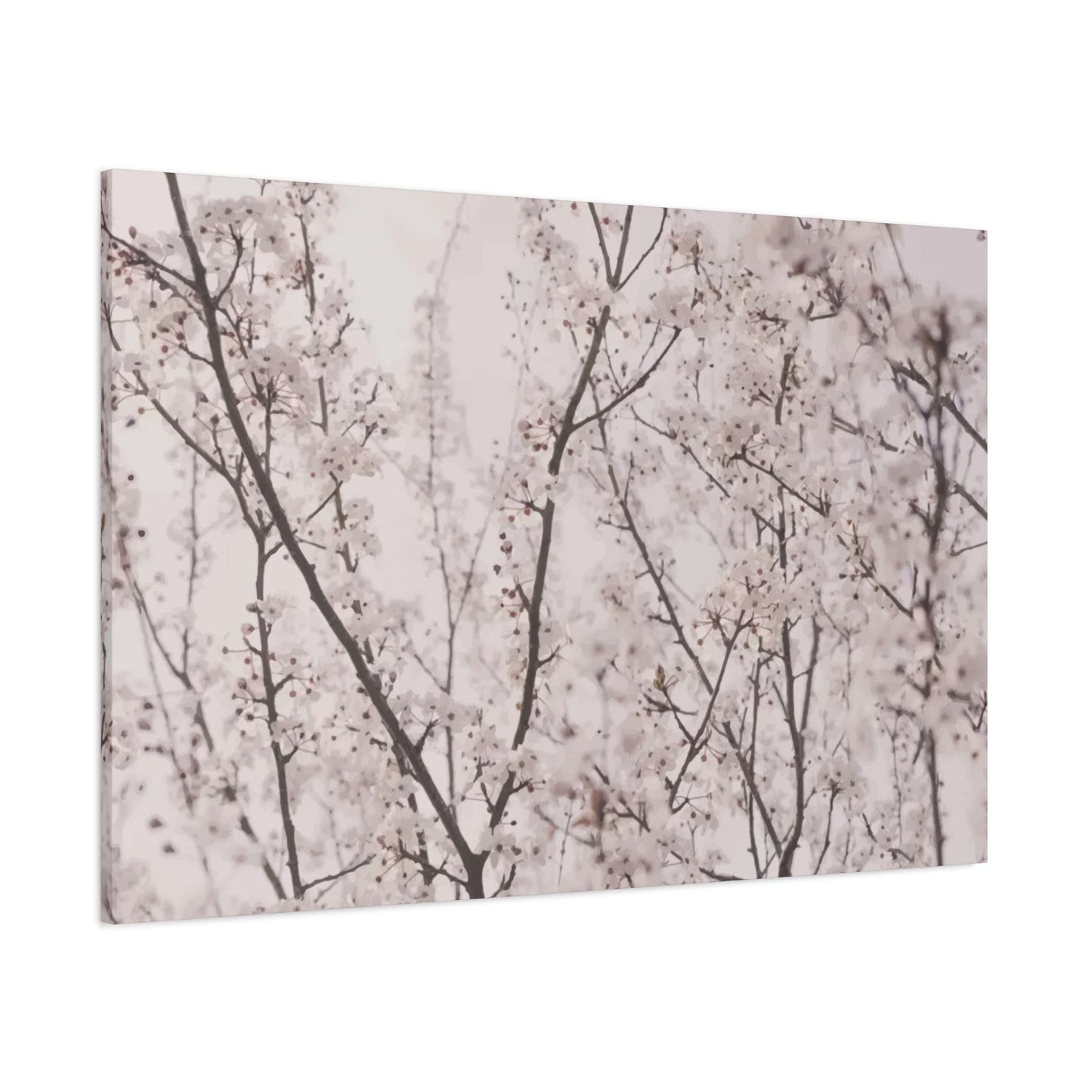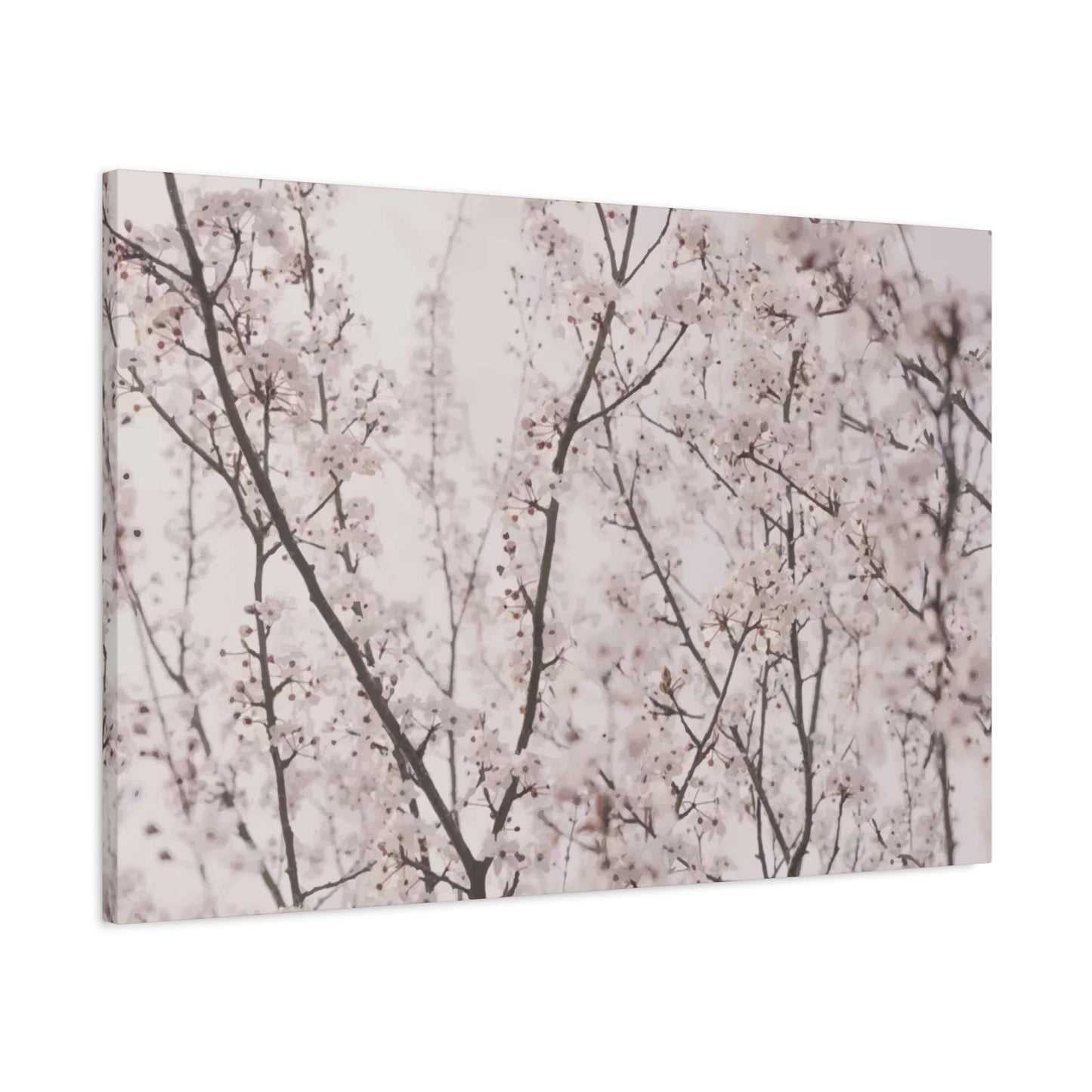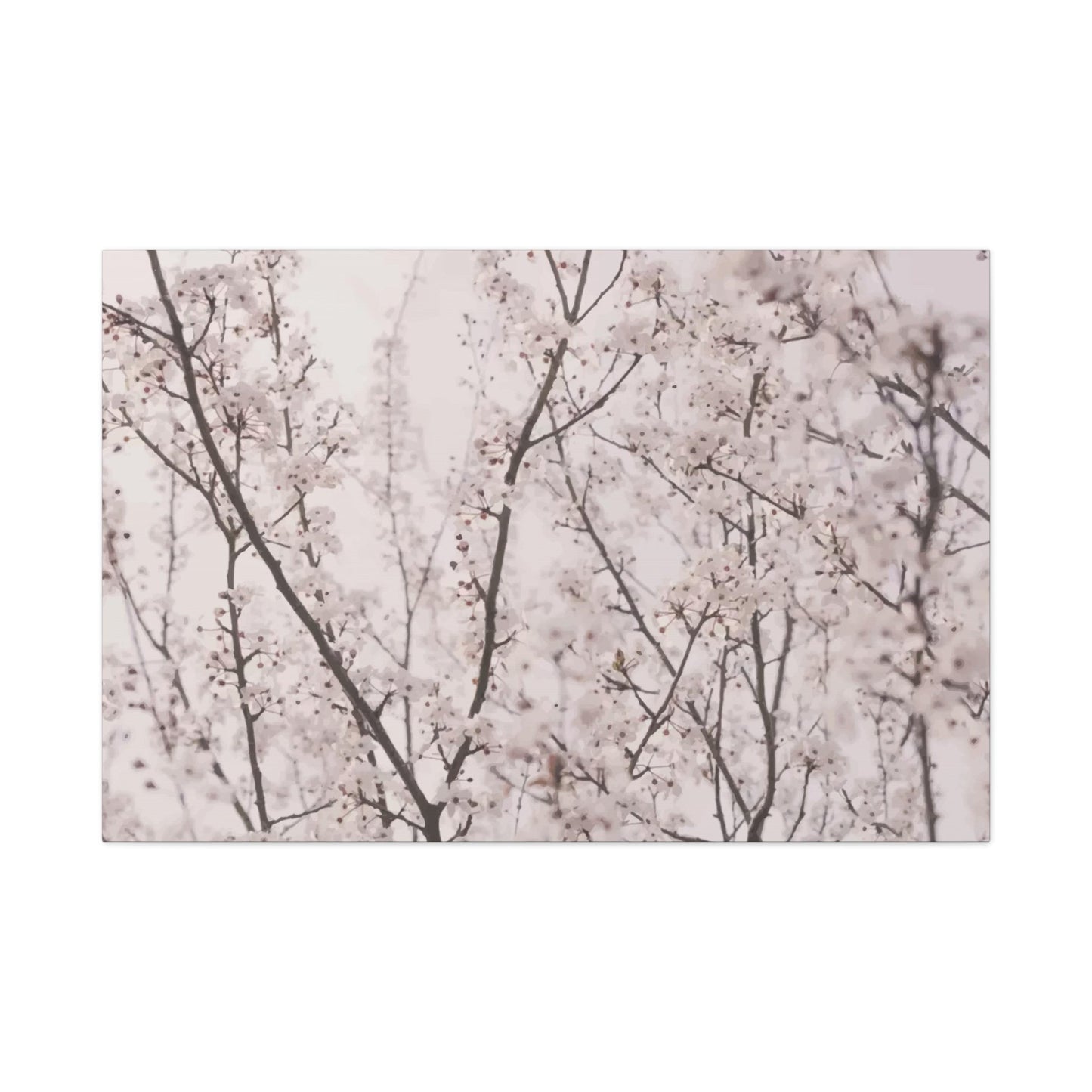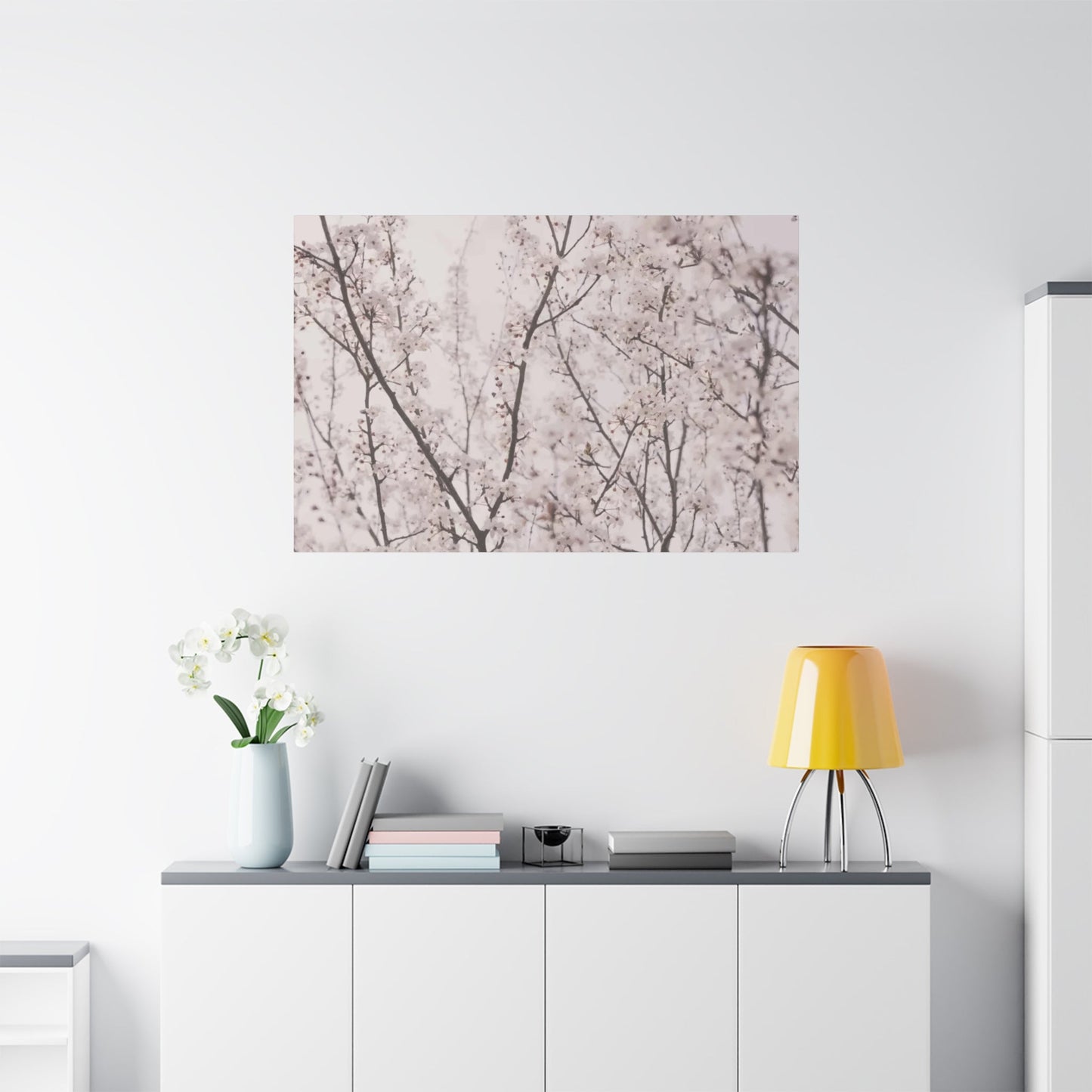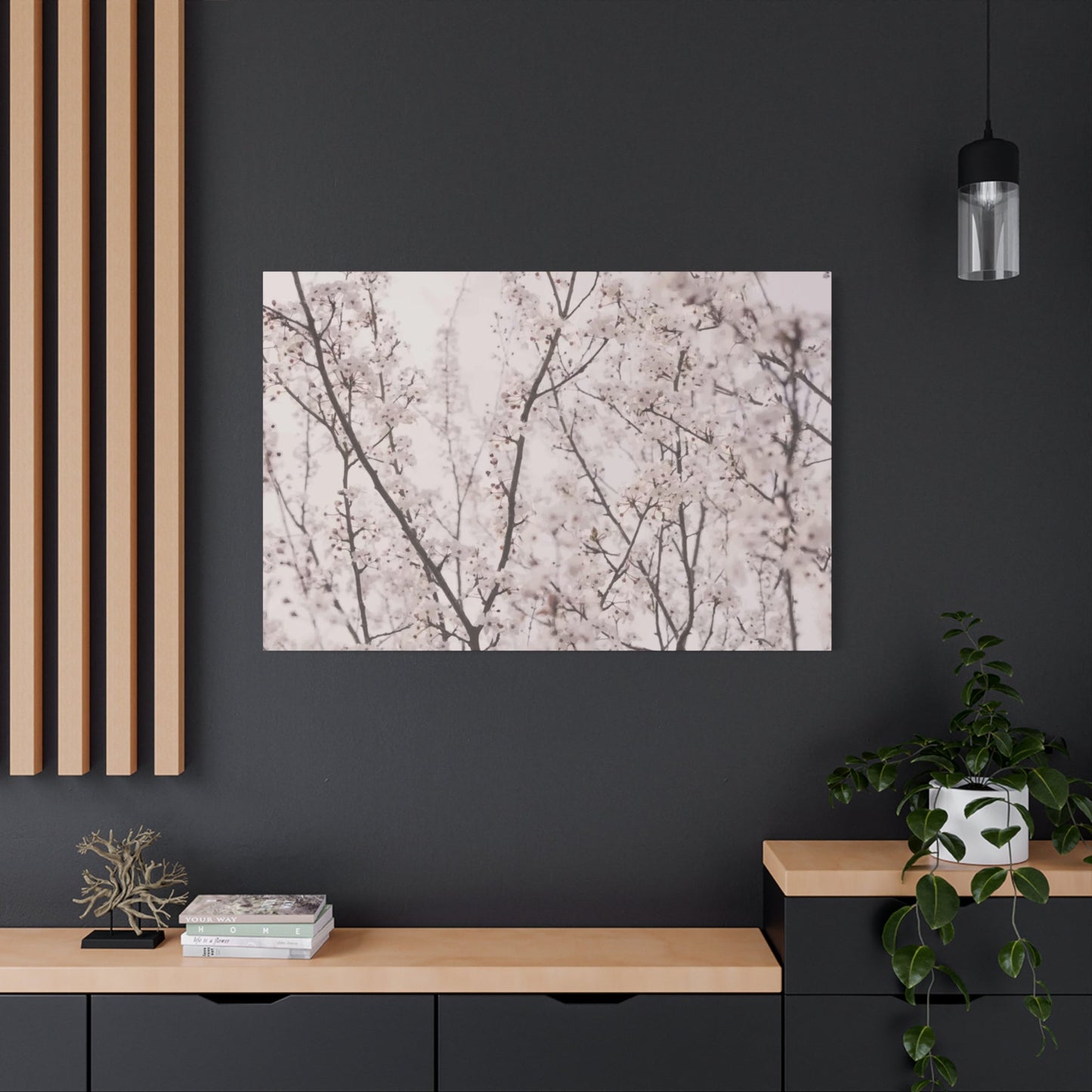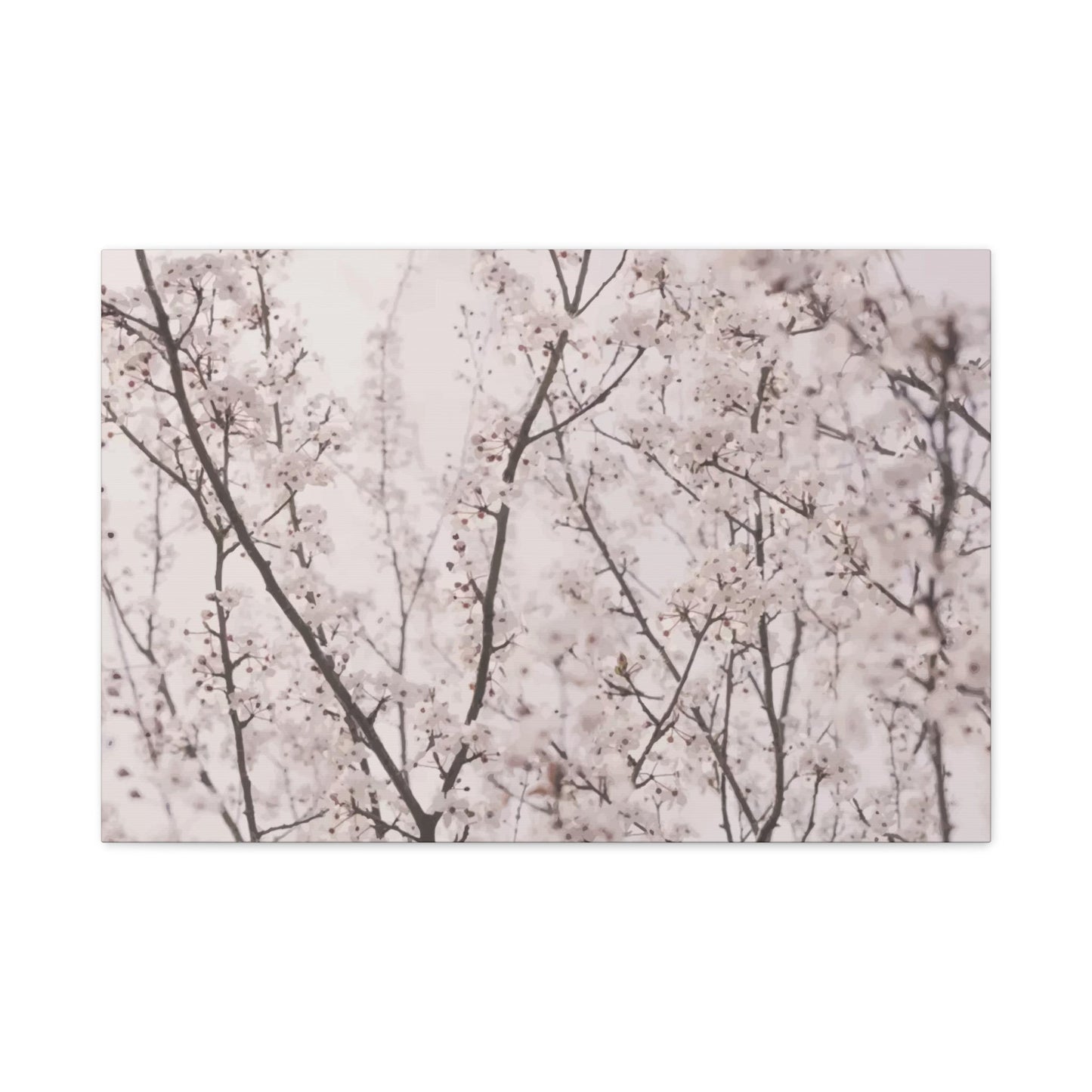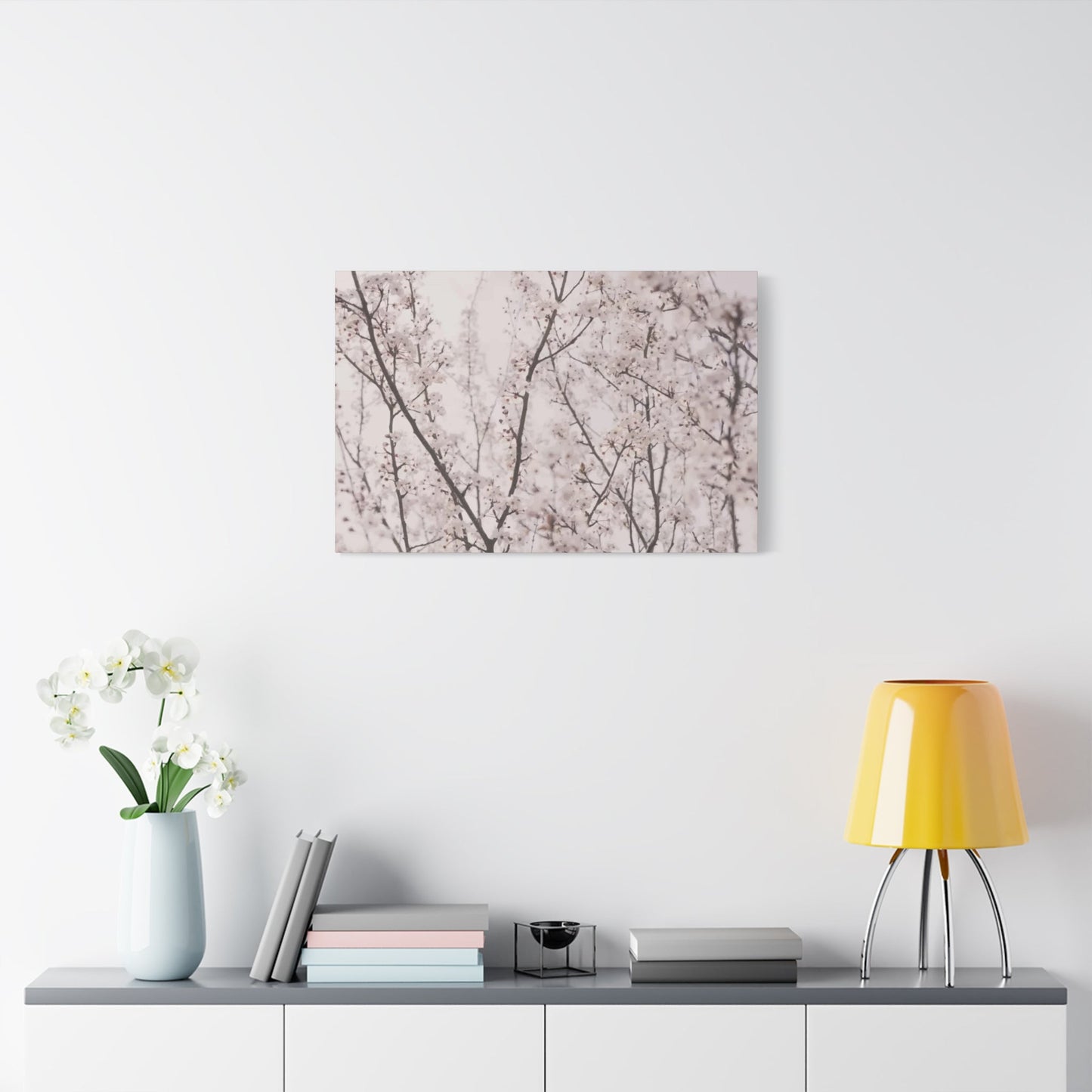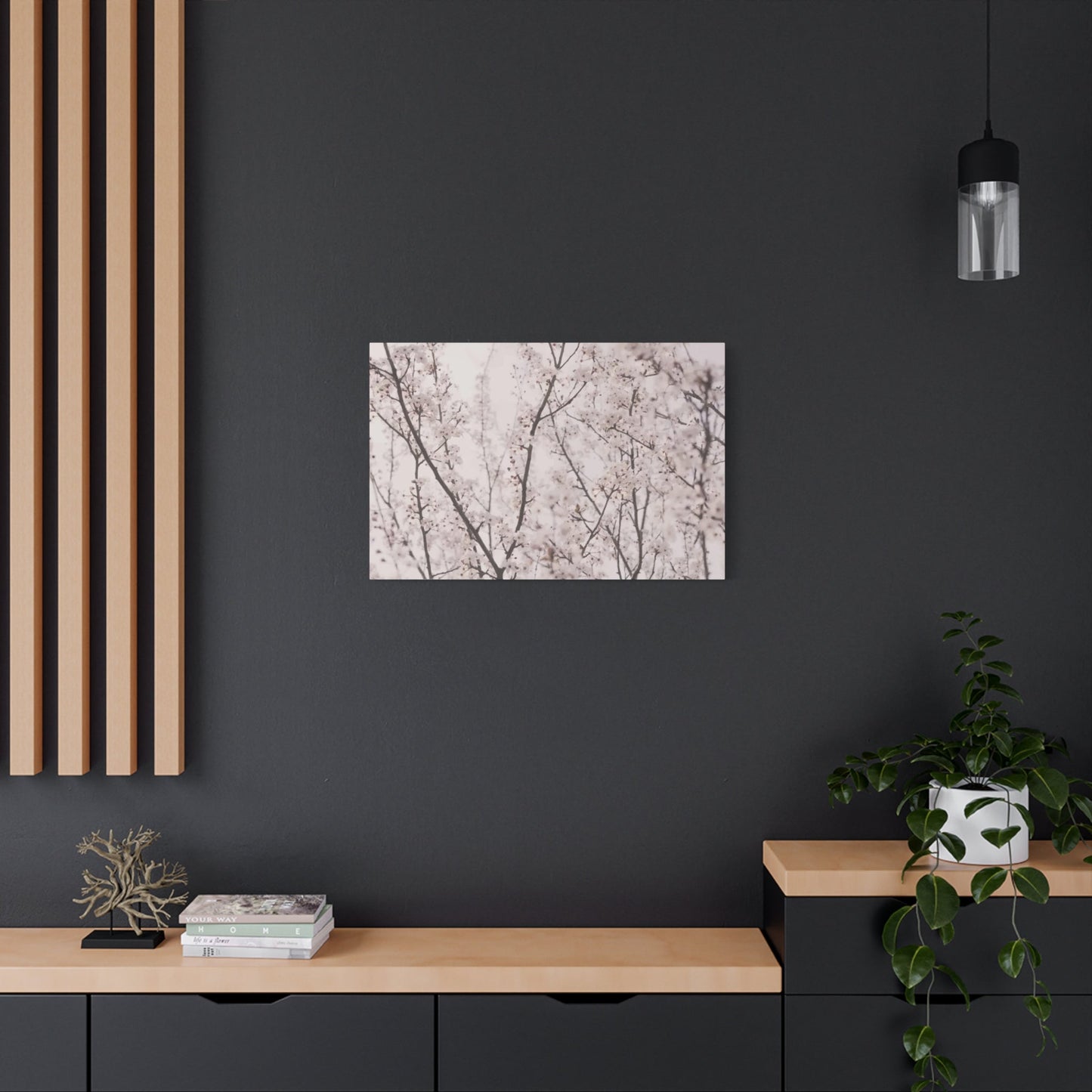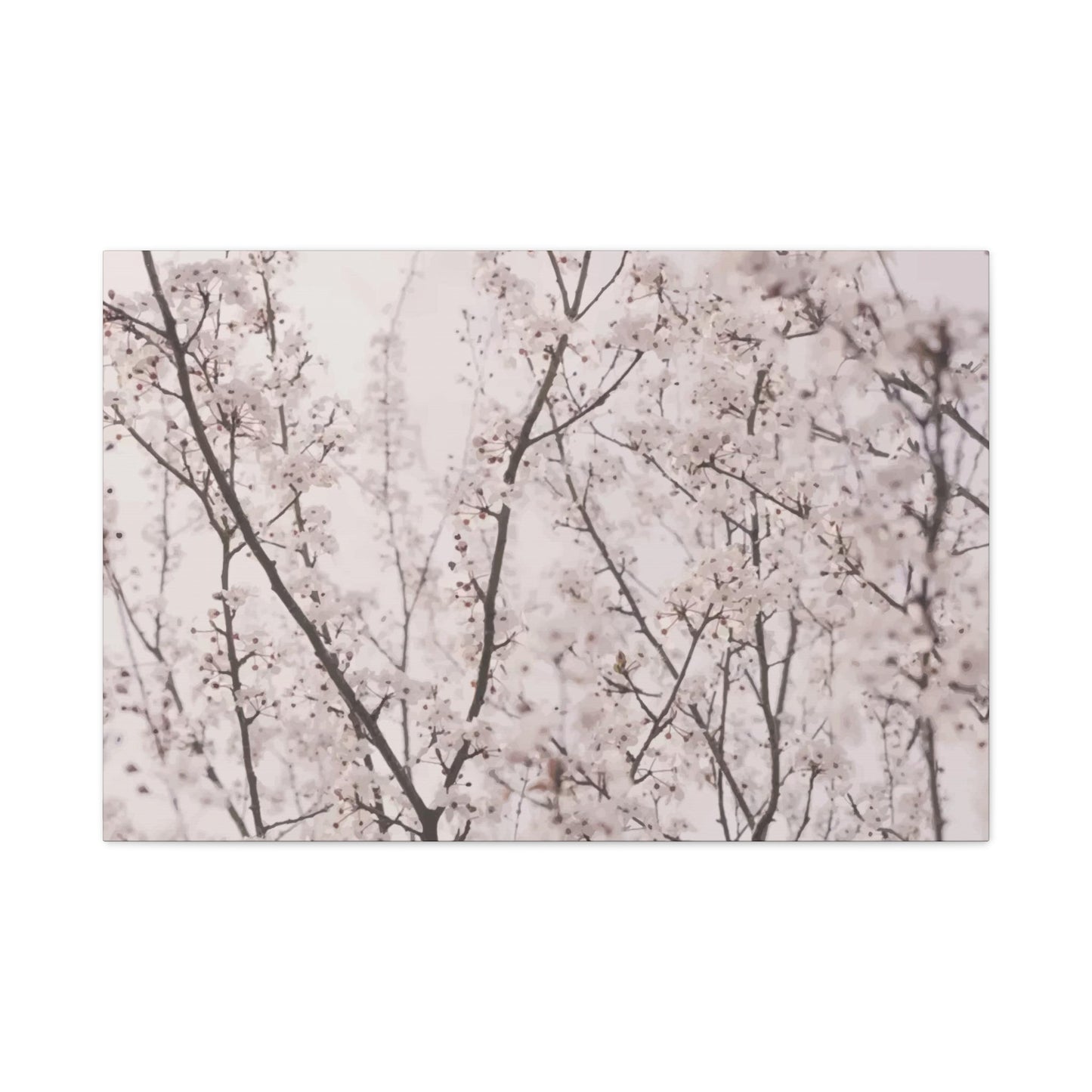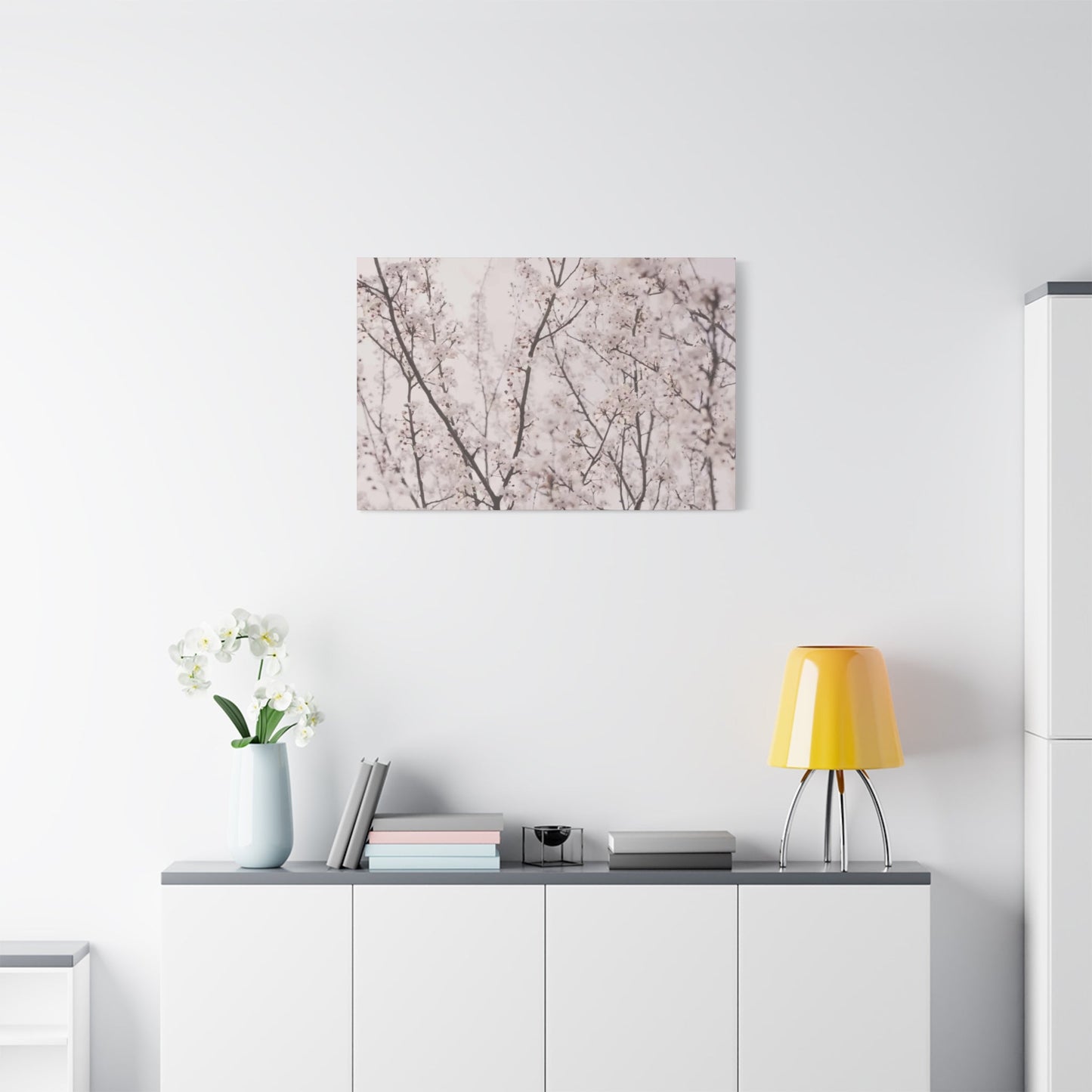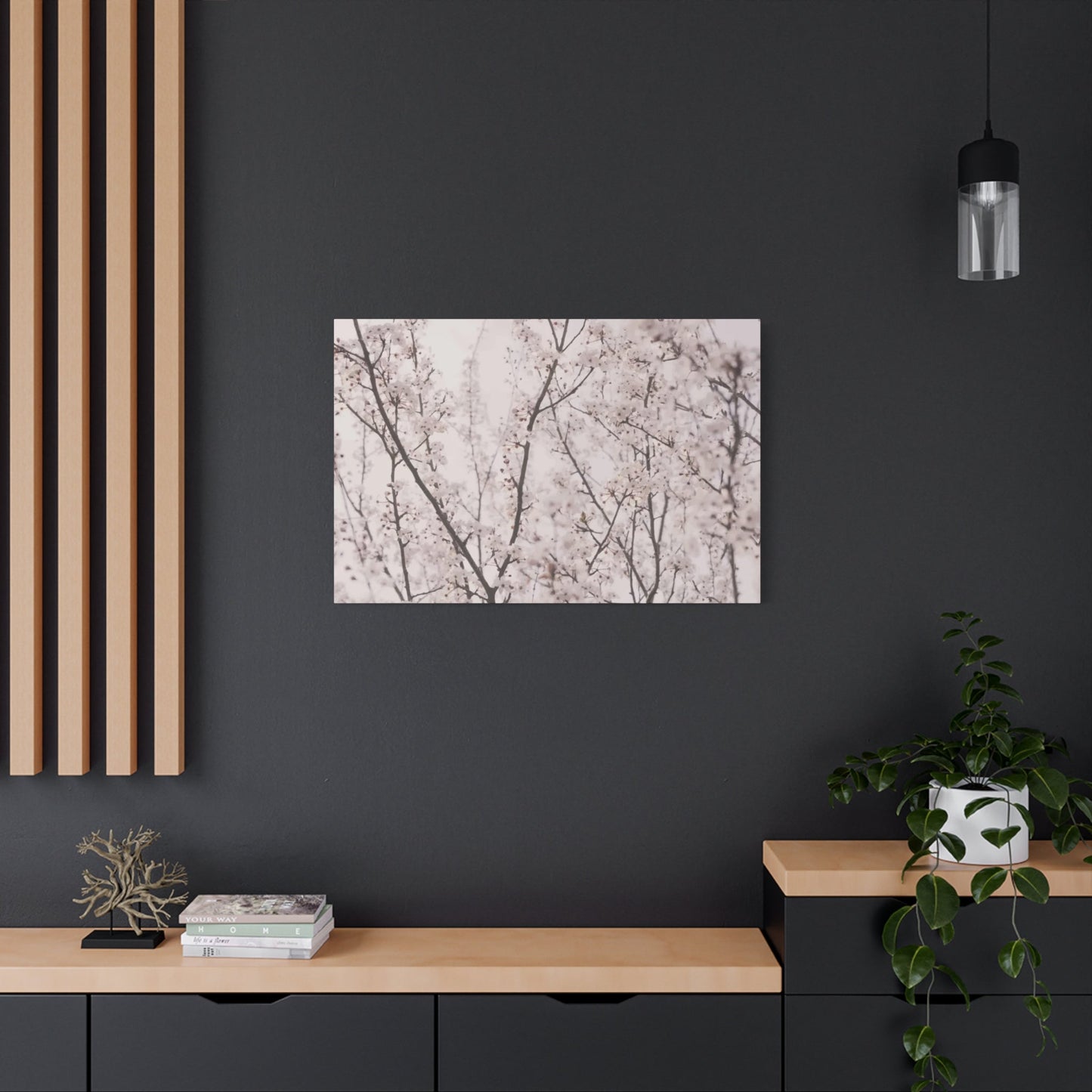Pienaars Wall Art: Celebrating South African Natural Beauty
The magnificent Pienaars River region of South Africa offers countless opportunities for artistic expression, particularly through visual artworks that capture the essence of this remarkable natural landscape. From the flowing waters of the river itself to the diverse wildlife that calls this area home, Pienaars-inspired artwork has become increasingly popular among art enthusiasts and collectors who appreciate the unique beauty of South African natural environments.
This comprehensive exploration delves into the many facets of Pienaars-themed visual art, examining how artists interpret this stunning region through various mediums and styles. Whether you're seeking to enhance your home with locally-inspired artwork or simply curious about the artistic movement surrounding this beautiful area, understanding the depth and diversity of Pienaars-themed art opens up a world of creative possibilities.
The appeal of Pienaars artwork extends far beyond simple landscape representation. Artists draw inspiration from the region's rich cultural heritage, diverse ecosystem, and the interplay of light and shadow that defines the South African landscape. This artistic movement represents more than just visual appeal; it embodies a connection to place, heritage, and the natural world that resonates with viewers on multiple levels.
Simple Pienaars Wall Art Ideas
Creating stunning visual displays inspired by the Pienaars region doesn't require extensive artistic expertise or significant financial investment. Simple approaches can yield remarkably effective results that bring the essence of this beautiful area into any room. The key lies in understanding the fundamental elements that make Pienaars-inspired artwork so compelling and finding accessible ways to incorporate these elements into your living environment.
Photography-based prints offer one of the most straightforward approaches to incorporating Pienaars imagery into your home. Local photographers often capture breathtaking moments along the river, from sunrise reflections on the water to wildlife encounters that showcase the region's biodiversity. These photographic works can be printed on various materials, from traditional paper to canvas or even metal, allowing for different aesthetic presentations that suit various room styles and personal preferences.
Watercolor interpretations of Pienaars landscapes provide another accessible option for those seeking artistic representations of this beautiful region. The fluid nature of watercolor painting particularly suits the organic forms found throughout the Pienaars area, from the meandering river course to the soft contours of surrounding hills. Many local artists create affordable watercolor prints that capture the gentle, flowing essence of the region while maintaining the spontaneous quality that makes watercolor so appealing.
Digital art has opened new possibilities for Pienaars-inspired visual works, allowing artists to experiment with colors, compositions, and styles that might be challenging to achieve through traditional mediums. These digital creations can be easily reproduced as prints, making them an economical choice for those wanting to display multiple pieces throughout their home. The digital medium also allows for creative interpretations that blend photographic elements with artistic enhancements, creating unique hybrid works that celebrate both the natural beauty and artistic potential of the Pienaars region.
Simple line drawings and sketches of Pienaars subjects offer minimalist approaches that can complement various room styles. These understated works focus on the essential forms and contours of the landscape, wildlife, or vegetation, creating clean, elegant displays that don't overwhelm other room elements. Such pieces work particularly well in modern or contemporary settings where simplicity and clean lines are valued.
Mixed media approaches combine different materials and techniques to create textured, layered works that add visual interest and tactile appeal to any room. Artists might incorporate actual materials from the Pienaars region, such as pressed leaves, sand, or small stones, into their compositions, creating pieces that literally bring elements of the landscape into the viewer's environment. These works offer unique talking points and help establish deeper connections between the artwork and its inspiration source.
Pienaars River in Modern Art
The Pienaars River has emerged as a significant subject in contemporary South African art, inspiring artists to explore themes of environmental stewardship, cultural identity, and the relationship between human communities and natural waterways. Modern interpretations of this vital waterway reflect current artistic trends while honoring the river's historical and ecological significance within the broader South African landscape.
Contemporary artists approach the Pienaars River through various conceptual frameworks, often emphasizing the river's role as a life-giving force that supports diverse communities both human and natural. These modern interpretations frequently incorporate symbolic elements that speak to broader themes of sustainability, conservation, and the interconnectedness of all living systems. Through bold color choices, experimental techniques, and innovative compositions, today's artists create works that honor the river while engaging with current environmental and social concerns.
Abstract expressionist interpretations of the Pienaars River focus on capturing the emotional and spiritual essence of the waterway rather than its literal appearance. These works might use flowing brushstrokes, color gradients, and dynamic compositions to evoke the movement and energy of flowing water. Artists working in this style often emphasize the sensory experience of being near the river, translating sounds, smells, and feelings into visual elements that resonate with viewers who may never have visited the actual location.
Photorealistic paintings of the Pienaars River demonstrate technical mastery while celebrating the natural beauty of this waterway. These detailed works often focus on specific moments or conditions along the river, such as morning mist rising from the water surface, reflections of surrounding vegetation, or the interplay of light and shadow on moving water. The precision required for photorealistic work reflects the artist's deep appreciation for the subject matter and desire to share that appreciation with viewers.
Installation art incorporating Pienaars River themes has gained popularity in galleries and public venues throughout South Africa. These three-dimensional works might include sound elements that recreate the river's ambient noise, sculptural components that suggest flowing water, or interactive elements that allow viewers to experience aspects of the river environment. Such installations create immersive experiences that engage multiple senses and help viewers develop deeper connections with the river ecosystem.
Digital media artists have embraced the Pienaars River as subject matter for video works, interactive displays, and virtual reality experiences. These technological approaches allow for dynamic presentations that can show the river changing over time, responding to seasonal variations, or demonstrating the effects of environmental changes. Such works often incorporate scientific data about water quality, wildlife populations, or climate impacts, creating educational experiences that combine artistic expression with environmental awareness.
Contemporary sculpture inspired by the Pienaars River ranges from small indoor pieces suitable for residential display to large outdoor installations designed for public venues. These three-dimensional works might use materials that reference the river environment, such as metals that suggest water flow, stones gathered from the riverbed, or recycled materials that address environmental concerns. Sculptural interpretations allow artists to explore form, texture, and spatial relationships while celebrating the river's physical presence in the landscape.
Pienaars Wildlife in Wall Decor
The diverse wildlife inhabiting the Pienaars River ecosystem provides endless inspiration for artists creating decorative works that celebrate South Africa's natural heritage. From the smallest insects to the largest mammals, the creatures that depend on this waterway system offer subjects that range from delicately beautiful to powerfully impressive, allowing for artwork that suits various aesthetic preferences and room requirements.
Bird life along the Pienaars River presents particularly compelling subjects for artistic interpretation. The region supports numerous species, from tiny weavers constructing intricate nests to majestic fish eagles soaring overhead. Artists capture these creatures in various styles, from detailed ornithological illustrations that emphasize accuracy and scientific interest to impressionistic works that focus on movement, color, and the birds' integration into their environment. These avian subjects work particularly well in series, allowing for cohesive displays that showcase the diversity of bird life while maintaining visual consistency.
Mammalian wildlife provides subjects for more dramatic and bold artistic statements. Antelope species that frequent the river area offer graceful forms that translate beautifully into various artistic mediums. Artists might focus on individual animals, capturing their distinctive characteristics and behaviors, or create compositions showing animals interacting with their environment or each other. These works often emphasize the animals' adaptation to the riverine environment and their dependence on this vital water source.
Aquatic life, though less visible than terrestrial animals, offers fascinating subjects for artists interested in exploring underwater ecosystems. Fish species native to the Pienaars system provide opportunities for artworks that combine scientific interest with aesthetic appeal. These pieces might show fish in their natural habitat, emphasizing the clarity and quality of the river water, or focus on the intricate patterns and colors that make each species distinctive.
Insect life, often overlooked in wildlife art, provides subjects for detailed, intimate works that reveal the complexity and beauty of small creatures. Butterflies, dragonflies, and other insects associated with riverine environments offer opportunities for artworks that celebrate the often-unseen diversity of the ecosystem. These pieces work particularly well as series or collections, allowing viewers to appreciate the variety of forms and colors present in even the smallest inhabitants of the region.
Reptilian and amphibian species contribute unique subjects that allow artists to explore different textures, patterns, and forms. These creatures often serve as indicator species for environmental health, making artwork featuring them particularly relevant for viewers interested in conservation themes. Artists might emphasize the creatures' camouflage abilities, their unique adaptations to both aquatic and terrestrial environments, or their roles in the broader ecosystem.
Nocturnal wildlife provides opportunities for dramatic lighting effects and mysterious compositions that add intrigue to any room. Artists creating works featuring night-active animals often experiment with dark backgrounds, subtle lighting, and techniques that suggest movement in low-light conditions. These pieces can create focal points that draw viewers in for closer examination while contributing to room atmospheres that emphasize sophistication and mystery.
Using Pienaars Colors in Art
The distinctive color palette found throughout the Pienaars River region offers artists and art enthusiasts a rich foundation for creating harmonious, visually appealing works that reflect the natural beauty of South African landscapes. Understanding and utilizing these characteristic colors allows for artwork that feels authentic and connected to this specific geographic area while providing versatile options that complement various decorating styles.
Earth tones dominate the Pienaars color palette, reflecting the region's geological characteristics and vegetation patterns. These warm, natural hues range from deep ochres and siennas found in the soil and rock formations to lighter tans and beiges that appear in dried grasses and sandy areas along the riverbank. Artists working with these earth tones create pieces that feel grounded and stable, providing excellent foundation colors for rooms where warmth and comfort are priorities.
Water-inspired blues and greens capture the essence of the Pienaars River itself, offering cooling counterpoints to the warmer earth tones. These aquatic colors vary considerably depending on lighting conditions, season, and water depth, providing artists with options ranging from deep, mysterious blue-greens to lighter, more playful turquoise shades. Incorporating these water colors into artwork helps balance compositions while evoking the refreshing, life-giving properties of the river system.
Vegetation colors throughout the Pienaars region change dramatically with seasons, offering artists opportunities to explore everything from the fresh, bright greens of spring growth to the golden yellows and russets of autumn. These plant-derived colors provide natural harmony when combined with earth and water tones, creating cohesive palettes that reflect the integrated nature of the river ecosystem. Artists might focus on specific seasonal color combinations or create works that suggest the changing nature of the landscape throughout the year.
Sky colors above the Pienaars region contribute dramatic elements that can transform the mood and impact of artwork. The clear, intense blues of high-altitude South African skies provide striking contrasts to earth tones, while the warm oranges, pinks, and purples of sunrise and sunset create opportunities for more dramatic, emotional compositions. Cloud formations add white and gray elements that help balance compositions while suggesting the dynamic nature of weather patterns in the region.
Wildlife colors add specific accent opportunities that can enliven compositions and provide focal points within broader landscape works. The rich browns and creams of antelope coats, the striking patterns of bird plumage, and the varied hues of fish scales all contribute colors that feel natural within the Pienaars palette while adding visual interest and specificity to artistic compositions.
Rock and mineral colors provide additional earth-tone variations that can add depth and complexity to Pienaars-inspired artwork. These geological colors often include subtle variations in gray, brown, and red that reflect the specific mineral composition of the region. Artists incorporating these colors create works that feel authentically connected to the physical landscape while providing sophisticated color relationships that work well in contemporary decorating schemes.
Atmospheric colors, including the various hues created by dust, mist, and changing light conditions, offer opportunities for subtle, nuanced works that capture the ephemeral qualities of the Pienaars environment. These colors might include the warm, hazy tones of dust-filtered sunlight or the cool, silvery grays of early morning mist rising from the river. Incorporating these atmospheric elements helps create works that feel alive and dynamic rather than static representations.
Pienaars Wall Art for Calm Environments
Creating tranquil, peaceful environments through carefully selected Pienaars-inspired artwork involves understanding how visual elements influence mood and psychological well-being. The natural serenity associated with river environments makes Pienaars-themed art particularly suitable for rooms where relaxation, contemplation, and stress reduction are primary goals.
Soft, flowing compositions that echo the gentle movement of river water help establish calming atmospheres in bedrooms, meditation areas, or reading nooks. These works often feature curved lines, gradual color transitions, and organic forms that suggest natural processes rather than sharp, angular elements that might create visual tension. Artists creating calming Pienaars pieces often emphasize horizontal orientations that suggest stability and rest, avoiding vertical compositions that might feel more energetic or dramatic.
Muted color palettes derived from the Pienaars region work particularly well for creating serene environments. These subdued tones might include soft greens reminiscent of river vegetation, gentle blues that suggest calm water, and neutral earth tones that provide grounding without overwhelming the senses. Artists working in these restrained palettes create pieces that complement rather than dominate their surroundings, allowing viewers to feel relaxed rather than stimulated by the artwork.
Minimalist approaches to Pienaars subjects help create uncluttered visual environments that support mental clarity and emotional calm. These simplified compositions might focus on single elements from the river ecosystem, such as a lone tree reflected in still water or a simple curve suggesting the river's meandering path. By eliminating excessive detail and focusing on essential forms, these works provide contemplative focal points that encourage quiet reflection.
Textural elements in Pienaars-inspired calming artwork can add tactile interest without creating visual chaos. Subtle surface variations might suggest the texture of tree bark, the rippled surface of moving water, or the soft appearance of river grasses swaying in the breeze. These textural qualities add depth and interest to artwork while maintaining the overall sense of tranquility that makes pieces suitable for relaxing environments.
Natural lighting considerations play crucial roles in how Pienaars artwork contributes to calm environments. Pieces designed for areas with soft, indirect lighting often emphasize subtle tonal variations and gentle contrasts that become more apparent as viewers spend time with the work. This gradual revelation of detail encourages extended viewing and contemplation, supporting the meditative qualities that make certain artworks particularly suitable for peaceful settings.
Scale and proportion in calming Pienaars artwork typically favor pieces that feel appropriately sized for their intended environments without overwhelming the available visual environment. Medium-sized works that provide pleasant focal points without dominating entire walls often work best for creating serene atmospheres. Multiple smaller pieces can be grouped to create gentle visual rhythms that suggest the ongoing, cyclical processes found in natural river environments.
Symbolic elements drawn from Pienaars River ecology can enhance the calming properties of artwork by connecting viewers with concepts of renewal, flow, and natural cycles. These symbolic references might include imagery of water flowing over rocks, suggesting the persistence and patience of natural processes, or depictions of plants growing along riverbanks, emphasizing themes of growth and renewal that many people find psychologically comforting.
Decorating with Pienaars Prints
Successfully incorporating Pienaars-themed prints into existing room designs requires understanding how these nature-inspired works interact with furniture, color schemes, and architectural features. The versatility of print media allows for creative approaches to display that can enhance various decorating styles while celebrating the unique beauty of the Pienaars River region.
Print sizing strategies can dramatically affect how Pienaars artwork functions within room designs. Large-format prints work well as statement pieces that anchor seating areas or define specific zones within open-plan environments. These substantial works can establish the overall mood and color direction for entire rooms while providing impressive focal points that showcase the grandeur of Pienaars landscapes. Conversely, smaller prints offer flexibility for creating gallery walls, filling narrow wall segments, or adding visual interest to intimate areas where larger works might feel overwhelming.
Framing choices significantly influence how Pienaars prints integrate with existing decorating schemes. Natural wood frames complement the organic themes inherent in river-inspired artwork while adding warmth and texture that works well with both traditional and contemporary furnishing styles. Metal frames, particularly in bronze, copper, or pewter finishes, can enhance the earthy qualities of Pienaars imagery while providing more formal presentations suitable for office environments or sophisticated living areas.
Matting and mounting techniques affect both the visual impact and preservation qualities of Pienaars prints. Wide, neutral-colored mats can provide breathing room around busy compositions while helping to integrate colorful prints into more subdued decorating schemes. Double matting with coordinating colors drawn from the print itself can enhance specific color relationships while adding depth and richness to the overall presentation. Museum-quality mounting techniques ensure that valuable or meaningful prints remain in excellent condition while contributing to room aesthetics for years to come.
Grouping strategies allow for creative displays that showcase multiple aspects of Pienaars-inspired art while creating cohesive visual statements. Thematic groupings might combine prints showing different seasons along the river, various wildlife species, or different artistic interpretations of similar subjects. Grid arrangements provide orderly, contemporary presentations that work well in modern environments, while more organic groupings with varied spacing and heights can create dynamic, gallery-like displays that encourage closer examination.
Lighting considerations play crucial roles in maximizing the visual impact of Pienaars prints while ensuring their long-term preservation. Picture lights can provide focused illumination that enhances color saturation and detail visibility, particularly important for prints with subtle tonal variations or fine details. However, heat-generating lights should be positioned carefully to avoid damage to print materials. LED lighting systems offer energy-efficient options that produce minimal heat while providing excellent color rendering that accurately represents the artist's intended color relationships.
Placement strategies should consider viewing distances, eye levels, and the relationship between prints and furniture arrangements. Prints positioned above seating areas should be hung low enough for comfortable viewing while avoiding heights that might interfere with people standing or moving through the area. In dining areas, prints should be positioned to encourage conversation about the artwork while not creating distractions during meals.
Seasonal rotation capabilities allow for dynamic displays that reflect changing conditions along the Pienaars River throughout the year. By maintaining collections of prints showing different seasonal aspects of the region, homeowners can update their displays to maintain fresh, current connections with the natural cycles that characterize river environments. This approach also allows for protecting prints from extended light exposure while ensuring that favorite pieces receive regular display opportunities.
Pienaars Art and South African Culture
The artistic interpretation of the Pienaars River region reflects broader themes in South African cultural expression, connecting contemporary art practices with historical relationships between people and land that extend back centuries. Understanding these cultural dimensions adds depth and meaning to Pienaars-inspired artwork while situating individual pieces within larger contexts of national identity and heritage preservation.
Indigenous cultural connections to the Pienaars region provide important historical context for understanding contemporary artistic interpretations. The area has supported human communities for millennia, with archaeological evidence indicating continuous occupation and use of river resources. Modern artists often acknowledge these deep historical connections through stylistic choices, symbolic references, or collaborative approaches that honor traditional knowledge and perspectives. This cultural sensitivity adds layers of meaning that enhance the significance of artwork beyond purely aesthetic considerations.
Colonial and post-colonial influences on artistic interpretations of the Pienaars landscape reflect the complex history of land use and ownership in South Africa. Artists may explore themes of environmental stewardship, community access to natural resources, or the relationship between conservation efforts and local communities. These works often engage with difficult historical realities while celebrating the enduring beauty and importance of natural areas like the Pienaars River system.
Contemporary South African artistic movements influence how current artists approach Pienaars subjects, incorporating techniques, themes, and perspectives that reflect ongoing cultural conversations. These might include explorations of urban-rural relationships, environmental justice concerns, or the role of natural areas in supporting community well-being. Artists working within these movements create pieces that speak to current social and political realities while maintaining connections to the specific beauty and character of the Pienaars region.
Community-based art practices around the Pienaars area often involve local residents in both the creation and interpretation of artwork. These collaborative approaches might include workshops where community members share knowledge about local ecosystems, historical uses of river resources, or cultural practices associated with the area. The resulting artwork reflects authentic community perspectives while providing economic opportunities for local artists and craftspeople.
Educational initiatives using Pienaars-inspired art help preserve and transmit cultural knowledge about the region while engaging younger generations in environmental stewardship. School programs, community workshops, and cultural center exhibitions featuring Pienaars artwork provide opportunities for sharing information about local ecology, history, and cultural practices. These educational approaches ensure that artistic appreciation develops alongside environmental awareness and cultural understanding.
Traditional craft techniques applied to Pienaars subjects connect contemporary artwork with historical South African artistic traditions. These might include beadwork incorporating river-inspired patterns, pottery decorated with local plant and animal motifs, or textile work using natural dyes derived from regional vegetation. Such pieces honor traditional skills while adapting them to contemporary artistic expression focused on specific geographic areas.
Gallery and museum presentations of Pienaars-inspired art often contextualize individual works within broader narratives about South African environmental and cultural heritage. These institutional approaches help establish the significance of regional art movements while providing educational opportunities for viewers unfamiliar with the specific area. Such presentations contribute to building appreciation for both artistic excellence and environmental stewardship.
International recognition of South African artists working with Pienaars themes helps establish the global significance of regional environmental art. When local artists gain recognition in international exhibitions, publications, or collections, they bring attention to the unique qualities of South African landscapes while contributing to global conversations about art, environment, and cultural identity.
Affordable Pienaars Wall Art Options
Creating beautiful displays featuring Pienaars-inspired artwork doesn't require substantial financial investment, as numerous affordable options provide excellent aesthetic results while celebrating the natural beauty of this South African river region. Understanding these budget-friendly alternatives helps art enthusiasts develop meaningful collections that reflect personal taste and environmental appreciation without straining household budgets.
Print-on-demand services offer economical ways to obtain high-quality reproductions of Pienaars artwork in various sizes and formats. These services typically provide options including standard paper prints, canvas reproductions, and specialty materials like metal or acrylic, allowing consumers to choose presentations that best suit their decorating goals and budget constraints. Many online platforms specialize in nature photography and landscape art, providing extensive selections of Pienaars-related imagery at competitive prices.
Local art fairs and community markets frequently feature affordable original works by emerging artists exploring Pienaars themes. These venues provide opportunities to purchase unique pieces directly from artists while supporting local creative communities. The informal nature of these markets often allows for negotiation and the discovery of exceptional values, particularly for buyers willing to explore lesser-known artists who may offer original works at surprisingly reasonable prices.
Digital downloads represent extremely affordable options for accessing Pienaars-inspired artwork, allowing consumers to print pieces at home or through local printing services. Many photographers and artists offer high-resolution digital files for immediate download, enabling quick and inexpensive acquisition of artwork. This approach provides maximum flexibility for sizing, framing, and display while keeping costs minimal.
Student artwork and emerging artist collections often provide excellent values for buyers seeking original Pienaars-inspired pieces. Art schools, university programs, and community colleges frequently host exhibitions featuring student work that explores local environmental themes. These pieces often demonstrate considerable skill and creativity while being priced accessibly to encourage sales and support developing artists.
Photography clubs and amateur photographer groups in the Pienaars region often sell prints of local scenery at affordable prices through club exhibitions, online galleries, or direct sales. These photographers typically focus on their love of the area rather than commercial profit, resulting in reasonably priced works that demonstrate genuine appreciation for the region's natural beauty.
DIY approaches allow creative individuals to produce their own Pienaars-inspired artwork using affordable materials and techniques. Painting, drawing, or crafting projects based on photographs or personal experiences in the Pienaars area can yield highly personal, meaningful pieces while keeping costs extremely low. These handmade works often carry special significance that purchased artwork cannot match.
Thrift stores, consignment shops, and estate sales occasionally feature nature-themed artwork that, while not specifically depicting the Pienaars region, captures similar aesthetic qualities and natural themes. These secondhand sources can provide excellent frames, interesting pieces for customization projects, or works that complement specifically Pienaars-focused pieces within broader displays.
Online marketplaces and auction sites offer opportunities to find discounted original artwork, prints, and photography featuring Pienaars subjects. These platforms often feature both individual artists and dealers offering competitive prices on various types of nature-inspired art. Patient searching can yield excellent finds, particularly for buyers willing to monitor listings over time and act quickly when appealing pieces become available.
Seasonal sales and promotional events at galleries, art stores, and online retailers provide opportunities to purchase higher-quality Pienaars artwork at reduced prices. Many sellers offer significant discounts during slow periods, holiday sales, or inventory clearance events, allowing budget-conscious buyers to acquire pieces that might otherwise exceed their normal spending limits.
Pienaars Landscapes for Bedroom Walls
Selecting appropriate landscape artwork for bedroom environments requires understanding how visual elements influence sleep quality, relaxation, and overall room atmosphere. Pienaars-inspired landscape pieces offer numerous advantages for bedroom display, providing connections to nature that can enhance rest and recovery while creating personally meaningful environments that reflect appreciation for South African natural beauty.
Peaceful water scenes from the Pienaars River system work particularly well in bedrooms because flowing water imagery has been associated with relaxation and stress reduction across many cultures. These compositions might feature gentle river curves, still pools reflecting surrounding vegetation, or soft ripples suggesting light breezes across water surfaces. Such imagery helps create mental associations with tranquil natural environments that can support better sleep and more restful bedroom atmospheres.
Sunset and sunrise scenes along the Pienaars River provide bedroom artwork that acknowledges natural daily rhythms while offering color palettes particularly suited to rest environments. The warm, soft colors typically associated with these times of day create bedroom atmospheres that feel cozy and welcoming while avoiding the bright, stimulating colors that might interfere with sleep preparation. These transitional light conditions also suggest the natural cycles of rest and activity that healthy sleep patterns support.
Seasonal landscape variations allow bedroom occupants to maintain connections with natural cycles even when spending significant time indoors. Pienaars landscapes showing spring growth, summer abundance, autumn changes, or winter quiet can help maintain awareness of natural progression while providing visual variety that prevents bedroom environments from becoming stale or unchanging. This connection to seasonal change can support psychological well-being by acknowledging natural rhythms.
Horizontal compositions work particularly well in bedroom environments because they suggest stability, rest, and peaceful horizontal positions associated with sleep. Pienaars landscape pieces emphasizing the horizontal flow of the river, wide views across the valley, or expansive sky compositions create visual harmony with the horizontal lines of beds and other bedroom furniture while avoiding vertical elements that might feel more energetic or active.
Soft focus and atmospheric effects in Pienaars landscape artwork contribute to bedroom environments that feel dreamy and restful rather than sharply detailed and stimulating. These techniques might include misty morning scenes, soft-edged vegetation silhouettes, or gentle color gradations that suggest distance and depth without creating busy visual patterns that might interfere with relaxation.
Scale considerations for bedroom landscape artwork typically favor pieces that provide pleasant focal points without overwhelming the intimate nature of these personal environments. Medium-sized landscapes that can be easily viewed from bed while not dominating entire walls often work best for creating comfortable bedroom atmospheres. Multiple smaller pieces can create gentle visual rhythms that support relaxation without creating visual chaos.
Color coordination between Pienaars landscapes and bedroom decorating schemes helps integrate artwork seamlessly into existing room designs. The natural earth tones, water blues, and vegetation greens found in Pienaars imagery typically coordinate well with bedroom color schemes designed to promote rest and relaxation. These natural colors provide sophisticated alternatives to artificial or synthetic color choices while maintaining connections to outdoor environments.
Personal connection enhancement allows bedroom occupants to develop deeper relationships with displayed artwork through daily viewing over extended periods. Pienaars landscapes that hold special meaning, perhaps depicting areas visited or representing aspirational destinations, can provide positive mental associations that enhance overall bedroom experiences while supporting emotional well-being.
Making Pienaars Art a Focal Point
Successfully establishing Pienaars-inspired artwork as room focal points requires understanding principles of visual hierarchy, composition, and environmental design that help guide viewer attention while creating compelling, cohesive room atmospheres. The natural drama and beauty inherent in Pienaars subjects provide excellent foundation material for creating impactful focal points that celebrate South African landscape beauty.
Size and scale relationships play crucial roles in establishing artwork as effective focal points within room compositions. Large-format Pienaars pieces can command attention through sheer physical presence while providing sufficient detail and visual interest to reward extended viewing. These substantial works typically require adequate wall areas and viewing distances to be fully appreciated, making them most suitable for larger rooms or areas where viewers can step back to take in the complete composition.
Strategic placement within room layouts helps ensure that Pienaars artwork receives appropriate attention while supporting overall traffic flow and furniture arrangements. Positioning focal point artwork opposite main entry points creates immediate visual impact while drawing visitors into rooms. Alternatively, placing artwork above major furniture pieces like sofas or dining tables integrates the art with functional room elements while establishing clear visual hierarchies.
Lighting design significantly affects how effectively Pienaars artwork functions as room focal points. Dedicated artwork lighting can enhance color saturation, reveal fine details, and create dramatic shadows that add depth and visual interest to displayed pieces. Track lighting, picture lights, or strategically placed lamps can provide controlled illumination that makes artwork appear more vibrant and compelling while creating evening ambiance that supports the focal point role.
Color coordination between Pienaars artwork and surrounding room elements helps establish cohesive environments where focal point pieces feel integrated rather than imposed. Drawing accent colors from artwork to use in throw pillows, accessories, or smaller decorative elements creates visual connections that strengthen the artwork's role within overall room design while avoiding color conflicts that might weaken visual impact.
Complementary design elements can enhance the focal point impact of Pienaars artwork without competing for attention. These might include sculptural pieces that echo themes found in the artwork, plant arrangements that reference the natural subject matter, or furniture choices that complement rather than conflict with the artistic statement. The goal involves creating supportive environments that amplify rather than diminish the artwork's visual impact.
Negative environmental manipulation helps ensure that Pienaars focal point artwork receives appropriate attention by minimizing competing visual elements. This might involve choosing furniture with clean lines that don't conflict with organic art forms, using neutral colors that allow artwork colors to dominate, or arranging accessories to support rather than distract from the main artistic statement.
Seasonal adaptation strategies allow Pienaars focal point artwork to maintain freshness and relevance throughout the year. This might involve adjusting lighting to reflect changing natural light conditions, incorporating seasonal accessories that complement the artwork, or rotating complementary pieces that enhance different aspects of the main focal point work depending on the time of year.
Multiple focal point coordination becomes important in larger rooms or open-plan environments where single pieces might feel insufficient. Creating secondary focal points using smaller Pienaars pieces can establish visual rhythms that guide viewers through environments while maintaining overall coherence. These secondary pieces should complement rather than compete with primary focal points while extending the Pienaars theme throughout the available area.
The Light of Pienaars in Paintings
Light conditions throughout the Pienaars River region provide artists with exceptional opportunities for exploring illumination effects that define South African landscape character. The interplay between intense sunlight, dramatic shadows, and atmospheric conditions creates painting subjects that showcase both technical artistic skills and deep appreciation for the unique qualities of light in this geographic area.
Golden hour lighting along the Pienaars River creates some of the most spectacular and emotionally resonant painting opportunities available to artists working in this region. The warm, angled light that occurs during the first and last hours of sunlight transforms ordinary landscape elements into extraordinary visual experiences. Artists capturing these conditions often emphasize the way this special lighting enhances colors, creates long shadows, and adds dimensional depth to compositions that might appear flat under different lighting conditions.
Morning mist effects provide atmospheric painting subjects that demonstrate the dynamic relationship between water, air temperature, and light conditions along the Pienaars River. These ephemeral conditions require artists to work quickly or rely on photographic references to capture the subtle gradations and mysterious qualities that make misty morning scenes so appealing. The soft, diffused lighting created by mist allows for paintings that emphasize mood and atmosphere rather than sharp detail and high contrast.
High contrast lighting conditions typical of South African environments create opportunities for dramatic paintings that showcase the intensity and clarity of light in this region. The strong sunlight and deep shadows found throughout much of the year along the Pienaars River allow artists to explore bold compositional approaches that might be impossible in more diffused lighting environments. These high contrast conditions require sophisticated understanding of how light affects color temperature, shadow colors, and the overall mood of painted compositions.
Reflected light from water surfaces adds complexity and visual interest to Pienaars paintings while demonstrating the technical skills required to accurately depict these challenging effects. Artists must understand how moving water creates constantly changing reflection patterns, how different water conditions affect reflection quality, and how reflected light influences the illumination of nearby objects. Successfully painting these effects requires careful observation and considerable technical skill.
Seasonal light variations provide opportunities for artists to explore how changing sun angles, atmospheric conditions, and vegetation states affect the overall character of Pienaars landscapes throughout the year. Winter light, with its lower sun angles and clearer atmospheric conditions, creates different painting opportunities than summer light with its higher sun positions and possible atmospheric haze. Understanding these seasonal variations allows artists to create works that accurately represent specific times of year while exploring different emotional and aesthetic qualities.
Backlighting effects, where light sources appear behind subject matter, create dramatic silhouette opportunities and rim lighting effects that can add excitement and visual interest to Pienaars paintings. These challenging lighting conditions require artists to carefully balance the brightness relationships between light sources, silhouetted subjects, and surrounding areas. Successfully handling backlighting demonstrates advanced technical skills while creating compositions with strong emotional impact.
Color temperature variations throughout different times of day and weather conditions along the Pienaars River provide opportunities for artists to explore how lighting affects the overall color harmony of painted compositions. The cool blue light of early morning creates different color relationships than the warm orange light of late afternoon, requiring artists to understand how these temperature shifts affect every element within their compositions.
Dappled light filtering through vegetation creates complex patterns that add visual texture and interest to Pienaars paintings while demonstrating the artist's ability to handle complicated lighting situations. These conditions occur frequently along the river where overhanging trees create constantly shifting patterns of light and shadow. Painting these effects convincingly requires understanding how light behaves when filtered through leaves and branches while maintaining overall compositional clarity.
Pienaars Wall Art for Living Rooms
Living rooms represent the primary social areas of most homes, making them ideal locations for displaying Pienaars-inspired artwork that can serve as conversation starters while reflecting the occupants' appreciation for South African natural beauty. The typically larger scale and more formal nature of living room environments provide opportunities for more substantial artistic statements that might be overwhelming in smaller, more intimate room settings.
Conversation piece potential makes Pienaars artwork particularly valuable in living room environments where guests frequently gather and social interaction is encouraged. Works depicting recognizable local landmarks, interesting wildlife encounters, or unique natural phenomena provide natural talking points that can help break ice with new visitors while sharing information about South African environmental heritage. These pieces often become focal points for discussions about travel, nature conservation, or artistic appreciation.
Scale coordination with living room furniture requires understanding how artwork sizing relates to seating arrangements, coffee tables, and other major room elements. Large sofas typically require substantial artwork to maintain visual proportion, while smaller seating groups might be better served by medium-sized pieces or carefully arranged groupings of smaller works.
Conclusion
Pienaars wall art stands as a vibrant celebration of South Africa’s breathtaking natural beauty, capturing the essence of its diverse landscapes, flora, and fauna through compelling visual storytelling. This art form serves as a powerful homage to the country’s rich environmental heritage, offering viewers an immersive experience that honors the unique colors, textures, and rhythms found across South Africa’s terrains. Whether it’s the sweeping savannahs, majestic mountains, or intricate wildlife details, Pienaars wall art encapsulates the spirit of the region and invites an appreciation of its unparalleled natural wonders.
What makes Pienaars wall art particularly impactful is its ability to blend cultural significance with artistic excellence. Each piece reflects a deep connection to the land and its people, showcasing scenes that resonate on both a personal and collective level. The use of vibrant palettes, dynamic compositions, and thoughtful techniques allows these artworks to not only decorate spaces but also evoke emotions tied to identity, heritage, and pride. By bringing elements of South Africa’s outdoors into homes and public spaces, this art creates a bridge between nature and everyday life, fostering a sense of belonging and reverence.
Moreover, Pienaars wall art plays an important role in promoting environmental awareness and conservation. As these images highlight the fragility and beauty of South Africa’s ecosystems, they encourage viewers to consider their own relationship with nature and inspire a commitment to protecting it. In a time when environmental challenges are increasingly urgent, art that celebrates natural beauty becomes a meaningful form of advocacy—reminding us of what is at stake and why preservation matters.
The versatility of Pienaars wall art also makes it a valuable addition to contemporary interior design. Whether used in homes, offices, or public venues, these pieces add warmth, character, and a touch of the wild to any space. Their presence helps create environments that are not only aesthetically pleasing but also emotionally enriching, connecting inhabitants with the natural world even when indoors.
In conclusion, Pienaars wall art offers much more than visual appeal; it is a heartfelt tribute to South Africa’s natural beauty and cultural richness. Through its vibrant imagery and thoughtful execution, it inspires admiration, reflection, and a deeper connection to the environment—making it a truly transformative element in any living or working space.













